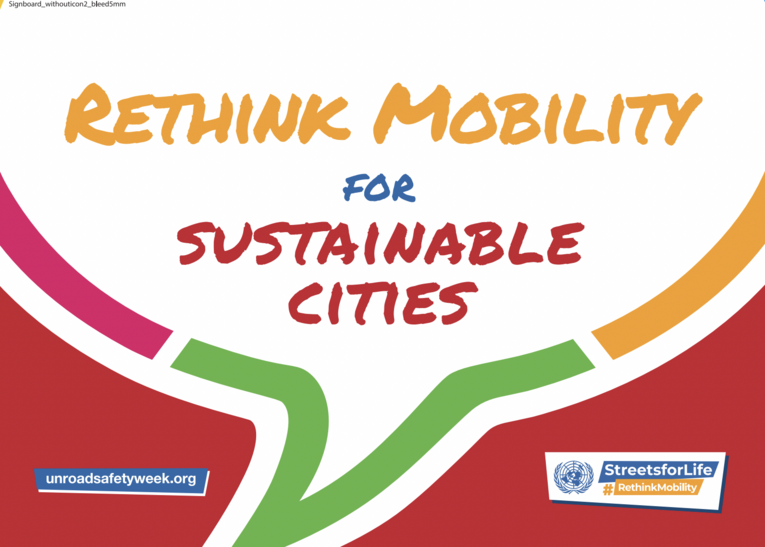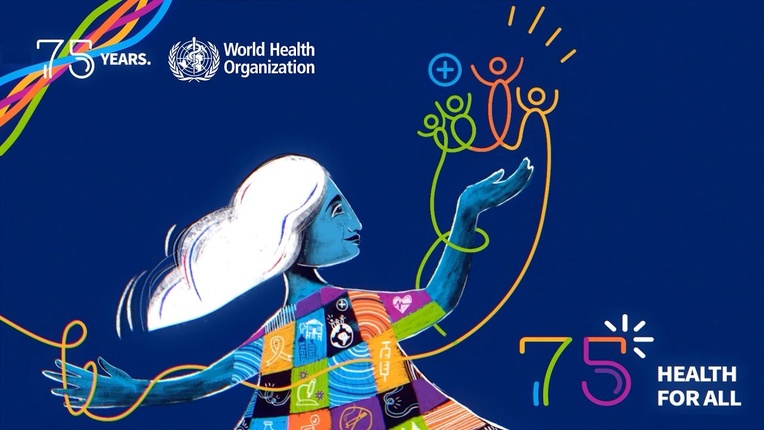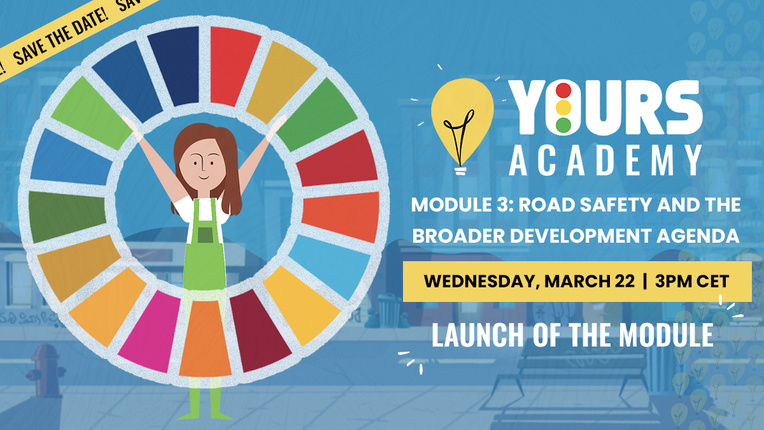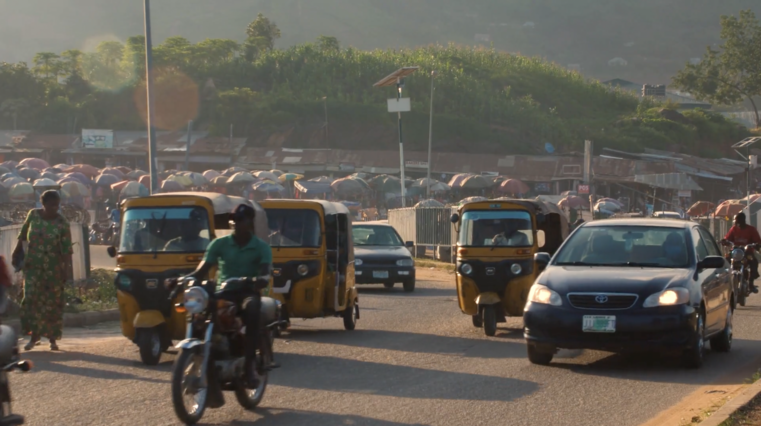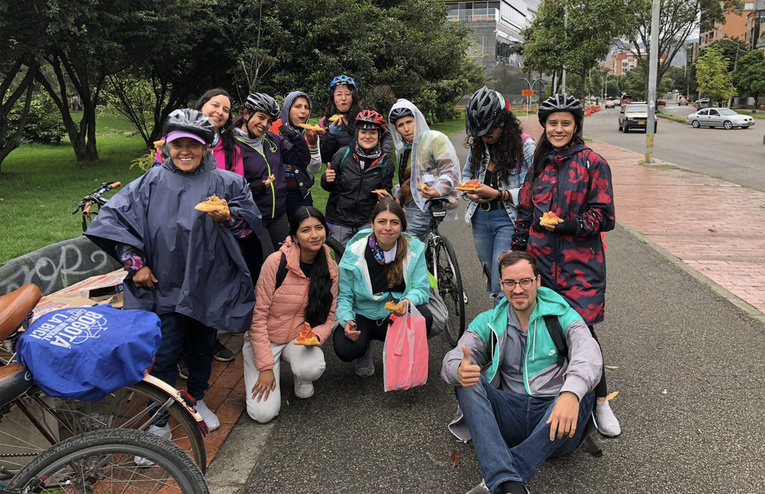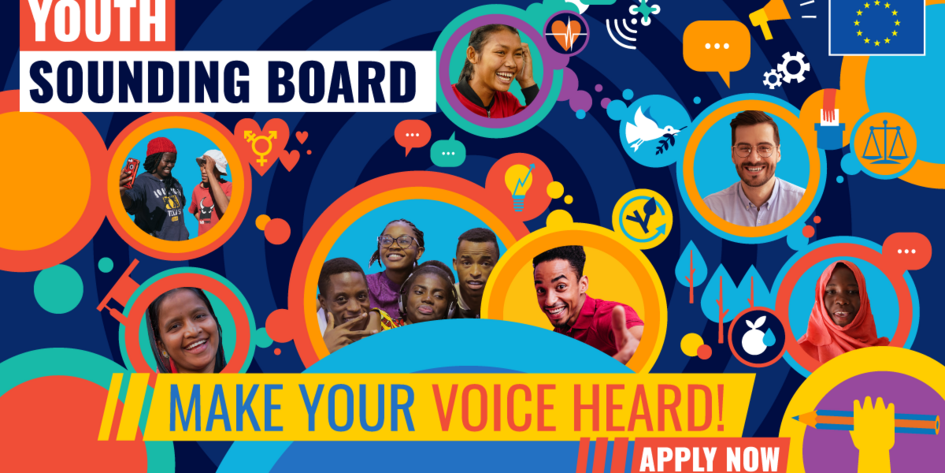
DG INTPA launches call for applications for EU Youth Sounding Board 2023-2025
The Directorate-General for International Partnerships (DG INTPA) has opened the call for applications for young people to participate in the second edition of the EU Youth Sounding Board for International Partnerships (2023-2025). The Board will advise the European Commissioner for International Partnerships and its Directorate-General on youth participation and empowerment in EU External Action.

The Youth Sounding Board (YSB) is an opportunity for young people to share their opinions and ideas on different social issues and influence EU external action and international partnerships on issues that matter most to them. Through the YSB, young people will be able to contribute to making EU action more participatory, relevant, and effective for youth in EU partner countries across different political priorities.
Some of the priorities of the DG INTPA include; (1) climate, environment, and energy, (2) digital and infrastructure, (3) gender equality, (4) human development, (5) migration and forced displacement, (6) peace and governance, (7) and sustainable growth and jobs.
The YSB members will represent the views of as wide a range of young people as possible by reaching out to young people within and beyond their networks to gather their opinions and views. Members will build links with similar structures and existing youth initiatives at international, regional, and country levels both in the EU and in partner countries.

For the first cohort of the Youth Sounding Board (2021-2023), over 4 000 applications from more than 150 countries were received.
The 25 selected members are a diverse group of talented, committed, and inspiring young people from Africa, the Middle East, Asia, the Pacific and Latin America, and the Caribbean, as well as Europe
The 2021-2023 cohort was engaged in the process of co-creating the Youth Action Plan in EU external action. They drafted a report, ‘Meaningful Inclusion of Youth: A Promising Future‘, prepared in the context of consultations for the Youth Action Plan that was published in autumn 2022. In the report, young people from around the world voice their opinions, share thoughts about the challenges they face, and propose solutions.
The second cohort would be composed of 25 members aged 18–30 from the EU and across the world (see list of eligible countries). Applicants are required to have a good command of English and practical experience in youth participation processes, youth policies, or to have engaged in youth organizations and/or in youth-led initiatives. Youth organizations are able to nominate individuals, but all members will participate in their individual capacity, serving a mandate of two years.
The deadline for applications is Wednesday, 26 April 2023, 23:59 CET.

